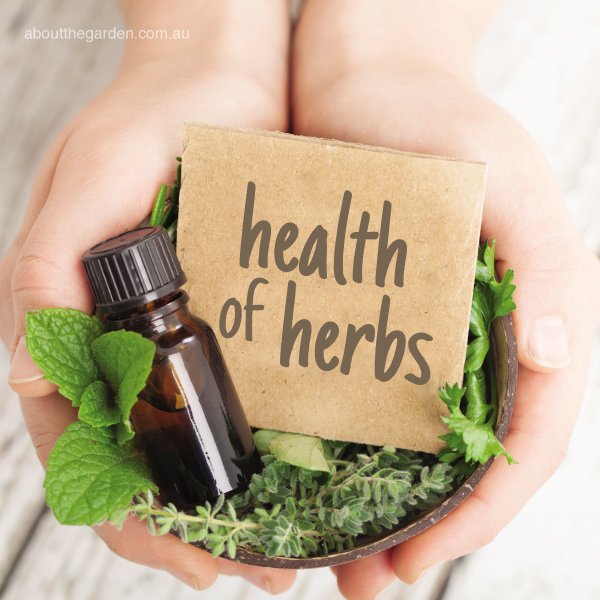Herbs has recently become popular around the world as a natural alternative for pain, energy, and relaxation. Although it originated in Southeast Asia, many people in America and a few other countries are now using Kratom. But, still, it appears to be slightly controversial and misunderstood about this plant. This article aims to explore the research on kratom’s potential benefits.
Natural Pain Relief
Kratom has long been used traditionally in Southeast Asia to relieve pain, and recent research provides some scientific validity to this use. Kratom contains compounds called mitragynine and 7-hydroxy mitragynine, which can interact with opioid receptors in the brain. Like opioids, these compounds can reduce pain signals transmitted in the central nervous system. However, kratom binds to different types of opioid receptors compared to opioids like morphine, resulting in analgesic effects without some unwanted side effects like respiratory depression.
Furthermore, kratom appears to provide pain relief through additional mechanisms beyond just opioid receptor activity. For example, it may stimulate endogenous opioid production in the body and reduce inflammation. Several controlled clinical studies have found kratom extracts were effective in reducing various types of pain, including pain caused by osteoarthritis, chronic back pain, and chronic foot pain associated with diabetes.
Thus, kratom shows promise as a natural alternative for managing certain types of mild to moderate pain. For those seeking access to high-quality kratom products, Canada Kratom Express offers a range of options that may provide relief for pain and other conditions.
Energy and Focus
In addition to pain relief, traditional kratom has been consumed for its energy-boosting and mood-enhancing effects. This is because kratom’s mitragynine compound acts as a stimulant in lower doses. However, higher doses can have sedative effects instead. The stimulation caused by mitragynine may work through interactions with adenosine and opioid receptors in the brain. Adenosine is a neurotransmitter that promotes drowsiness and fatigue, so blocking its activity leads to increased alertness and focus.
Anecdotal reports from kratom users frequently mention increased physical energy, mental clarity, mood lift, and focus when consuming moderate kratom doses. Additionally, randomized controlled trials have demonstrated kratom extracts can improve activities requiring concentration, such as proofreading ability. Unlike coffee or other stimulants, though, kratom energy seems to come without jitters or crashes upon wearing off. Therefore, kratom may provide a natural alternative for energizing effects in a smoother, more sustainable way.
Relaxation and Stress Relief
Thus far, we have discussed kratom’s stimulating effects at low doses for pain relief and energy; however, higher doses tend to have relaxing properties, which also align with kratom’s traditional use. The mitragynine in kratom has been found to bind to μ- and δ-opioid receptors, reducing sensitivity to pain and inducing feelings of calmness. Additionally, mitragynine acts as a serotonin receptor agonist, increasing serotonin release in the brain. Serotonin is well-known for its relaxing and anti-anxiety effects.
User reports frequently note kratom’s potential to reduce stress, anxiety, and muscle tension and promote relaxation. Laboratory research shows kratom extracts can decrease stress-induced biochemical changes in the brain and improve mood in rodent models.
Population surveys of kratom consumers further found the plant helps manage symptoms of stress, anxiety, depression, and insomnia when taken regularly. Therefore, for persons seeking natural stress and relaxation relief, kratom may offer a favorable option.
Natural Alternative to Opioids
The opioid crisis continues to devastate communities throughout North America. As a result, there remains a pressing need for effective, non-addictive alternatives to treat pain and opioid use disorder. Kratom shows exciting promise in both of these areas due to its partial mu-opioid receptor activity without any concerning risks of full opioids. For one, mitragynine binds opioid receptors with higher selectivity and lower efficacy than morphine, reducing abuse and respiratory depression liability.
Population studies have found that kratom users frequently turn to the plant as a safer substitute for more potent opioids like heroin or prescription painkillers. Surveyed users report kratom diminishes withdrawal symptoms and cravings when trying to quit problematic opioid use. In clinical trials, kratom extracts shortened the acute opioid withdrawal period and relieved pain better than the non-opioid tramadol in former opioids.
Quality and Transparency
High quality and transparency in sourcing and production are important for any herbal supplement. Reputable vendors of kratom perform rigorous testing to ensure the potency and purity of the plant material.
This is accompanied by third-party microbiological screening and testing for contaminants, such as E. coli, and toxic metals testing for heavy metals, such as lead and mercury, among others, in every batch. For batches to be held to quality and allowed for sale, they must meet all these criteria.
Kratom must be sourced from natural growing localities. Purity is maintained by small, traditional farmers who grow it free of synthetic pesticides and fertilizers. The companies are encouraged to adhere to Good Manufacturing Practices standards and are regularly audited by suppliers.
Product listing transparency is key. This transparency is there so that a consumer can see the measured contents of the two major compounds in kratom, mitragynine and 7-hydroxy mitragynine, and then compare the strength of a batch or the strength across strains. The best way to provide independent lab results is to verify that the batch you received is what it says on the tin.
Final Thoughts
Kratom shows promise as a natural alternative for relief of pain, energy and mood enhancement, and relaxation of stress and anxiety. Its unique pharmacological activities provide benefits for some individuals that prescription opioids lack. Research on kratom is still developing; however, existing scientific evidence and user reports suggest it may offer a favorable option compared to the risks of other substances for certain conditions when sourced responsibly.
Vendors committed to transparency, safety standards, and ethical practices will help bring more awareness to kratom’s therapeutic potential without concerns around purity or legality for buyers. Overall, kratom deserves appreciation as an herbal remedy deserving further investigation into how it may help address the unmet needs of those in chronic pain, fatigue, or seeking non-addictive substitutes.
